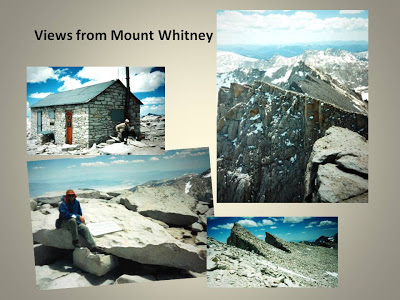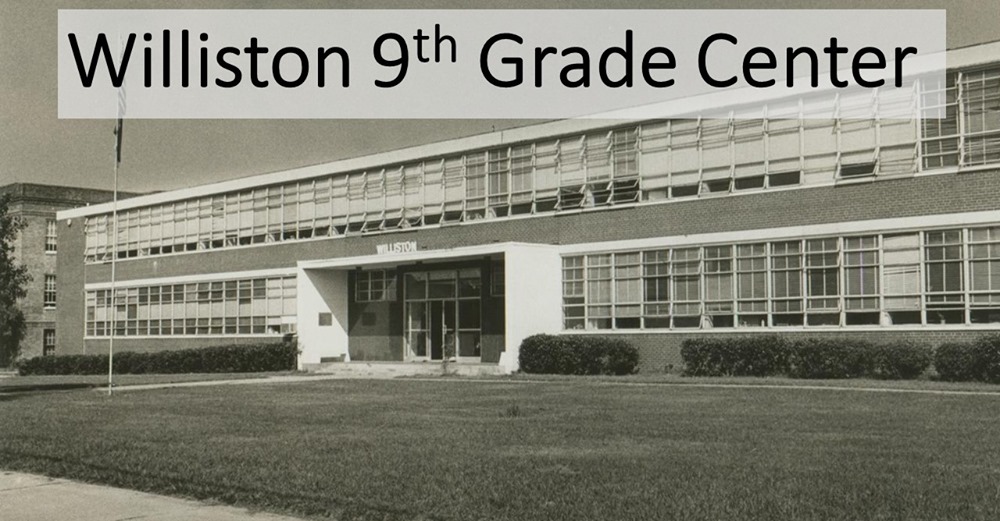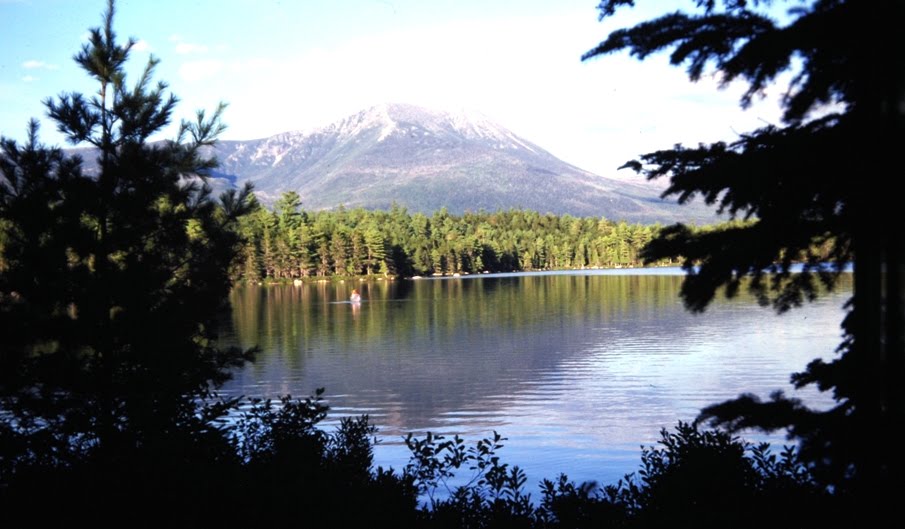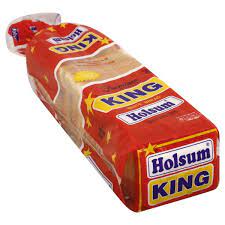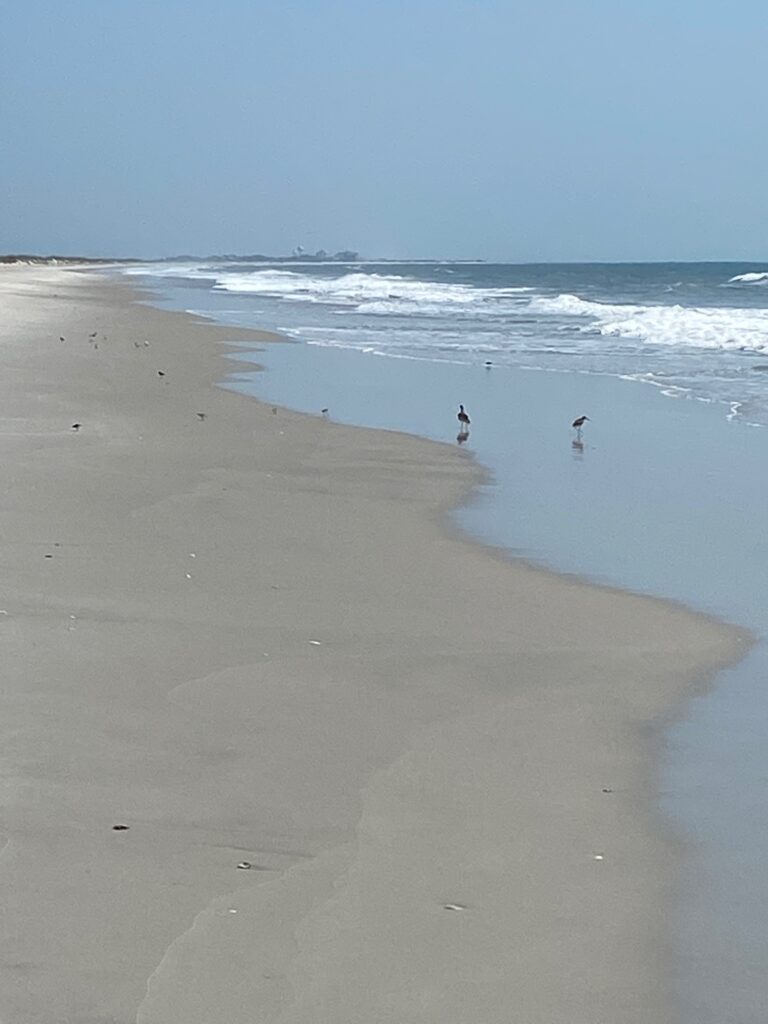
I am currently taking a week off and spending it at my dads. It’s hot here, but we have been out paddling kayaks in the morning. The wind has been too strong for us to go out into the ocean fishing, so we’ve been paddling kayaks over to Masonboro Island in the morning before the wind rises. There will be no sermon this week as someone is preaching for me. Below is another of my bakery memories:
Former Bakery Stories:
Linda and my beginning at the Bakery
Harvey and Ernest (Oven Operator and Pan Stacker)
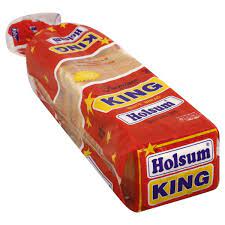
Frank and Roosevelt (Bakery, Part 4)
Like Ernest and Harvey, I also inherited Frank and Roosevelt when I began my stint as the night shift supervisor at the bakery. For nearly a year, I came in first at night. I had about thirty minutes to review the day’s orders and set the schedule. Then Roosevelt reported. He took my schedule, we discussed it a few minutes, then he headed back to the mixing room.
Roosevelt’s work
Roosevelt’s first task was to weigh up buckets of ingredients for the various breads we would make in the morning. As the mixer held nearly 3000 pounds of dough, the ingredients he measured were small in quantity and generally fit into a five-gallon pail. This included salt, whey (a milk substitute), enrichment, and preservatives. Sometimes another bucket contained alternative sweetener such as brown sugar, honey, or molasses. After shifting, white flour blew into hopper on top of the mixer, which had a scale to weigh the flour. Gravity then fed the flour to the mixer. Whole wheat, cracked wheat, and rye flour came in 100-pound sacks. Corn syrup, shortening, and fermentation brew (the yeast) were also added mechanically.
Huge 65 horsepower motors turned the mixer. Water cooling sleeves formed a metal jacket around the bowl which kept the dough cool From what I remember, it took about 10 minutes to mix a batch of dough. Time varied slightly basked on the the strength of the flour and the ingredients used. When ready, Roosevelt tilted the giant bowl, dumping the dough into a trough.
Frank’s work
From the bottom of the trough in front of the mixer, a pump pulled the dough to the make-up area. There, Frank oversaw the operation. A divider cut the dough into six portions of the proper weight. Then it dropped into the rounder, a spinning pot that formed the dough into a ball. After that, the dough balls rose a bit before running through the sheeter that flatted them (like a pizza dough). A machine rolled these flat portions into the shape of the bread. At the end of the process, they dropped into a pan. When things ran smoothly, it was a marvel to watch. For things to smoothly operate, the machines had to be properly set and the dough the right consistency.
Roosevelt’s background
A seaman earlier in his life, Roosevelt had served as a cook on an oil tanker. He once talked about working on a ship hauling oil from North Sea to Philadelphia. In a storm, the ship’s hull split. The ship was in danger of sinking. Two ocean going tugs reached the ship and helped it limp into Jacksonville, Florida. This took eight weeks instead of their normal week-long crossing. During this time, Roosevelt slept with his life vest. Reaching port, the captain told Roosevelt the ship would be ready to sail in about ten weeks, but he decided that his days on the sea were over. Although he still had his seaman papers, he came back home and took a job at the bakery. Roosevelt proclaimed himself to be a Black Muslim, but he wasn’t a radical. He certainly didn’t appear to mind having a white supervisor. Since he also smoked pot and drank alcohol, I wondered how devoted he was to his proclaimed faith.
Frank’s problems
A dependable worker, Roosevelt made my job easier. Frank wasn’t so dependable and sometimes made my job a living hell. He often came in late. Several times he reported in a condition in which he wasn’t capable of working. This became a problem as it’s hard to find a last-minute replacement at 2 AM. I often had to do his job, too. One night he didn’t show up. When Bobby, who ran the slicers and wrappers, reported three hours later, he found Frank passed out in his car. I sent him home. He cried to the personal manager later that day, who reinstated him. I could only place another written warning in his personal file.
A few months later, the personal manager regretted his actions. Frank, while on break one morning, had gone over to the slicing and wrapping area. When the bread entered the slicing area, the outside was firm and crust. This allowed it to be sliced easier. It also allowed the loaf to be carved upon. Joking around, Frank scratched with a knife on the bottom of a loaf, “Fuck You.” After showing it around as if it was a joke, he placed the loaf back onto the conveyor. Normally, this wouldn’t have been a problem. Our regular bags were red on the bottom. Unfortunately, at the time, we were bagging the bread in a special “private label” bag that had a clear bottom. This bag found itself on a shelf of a store in South Carolina and then in a family’s home. The family didn’t appreciate Frank’s handiwork. A day later, our General Manager received an angry call from the head of the grocery chain. They dropped their contract with us. We lost several thousand dollars a day in sales. The chain reaction began. The personnel manger and I were informed to find out who did it and to fire them on the spot. As Frank had shown this loaf to several employees, it only took a few questions to pin it on him. We called Frank into the office. When confronted by the General Manager, the Plant Manager, the Personal Manager and me, he admitted he had done done the “deed” as “a joke.” Frank was fired. I had the task of walking him to his locker to see that it was cleaned out and to escort him to the door.
Sad endings
I ran into Frank a few years later. Bitter, he complained that we “couldn’t take a joke.” I shook my head and said “whatever,” realizing he hadn’t learned anything from the consequences of his actions.
I never saw Roosevelt after I left the bakery, but a decade later, I ran into another supervisor from the plant told me the sobering news. Roosevelt had returned to the sea. Sometime later, Roosevelt’s body was found floating next to his ship. He had been stabbed, The assumption was that a drug deal went bad. My heart grieved over his demise. I had enjoyed working with Roosevelt. I can still see him laugh, with a prominent gold tooth in the front of his mouth.

